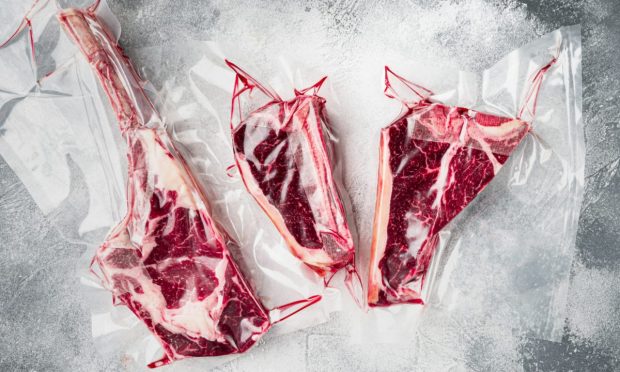Frozen Food Delivery Takes Off as Consumers Seek Restaurant Alternatives

As consumers seek affordable, convenient alternatives to restaurant dining, new prepared meals models are emerging.
For instance, direct-to-consumer (D2C) frozen food delivery provider Yelloh, formerly known as Schwan’s Home Delivery, is set for an expansion after 70-plus years in operation. The company announced Tuesday (Feb. 28) a partnership with investment firm 4×4 Capital, with the latter’s co-founder Alex Medicis taking over as CEO.
“At Yelloh, we’ve been on a journey to transform and elevate our business into a modern, mobile retailer capable of delivering delicious frozen food and meals no matter where or how our customers want to access our products,” Paul Schwan, chairman of Yelloh, said in a statement. “As customer demand for frozen continues to surge, we believe that now is the time to make even bolder moves to ensure Yelloh is the category leader we know our business can be.”
Medicis commented that the investment firm sees “lots of growth opportunities” in both frozen food and home delivery as consumers increasingly seek out high-quality, convenient options.
Certainly, the demand for quick meal solutions outside of restaurants is on the rise. Research from PYMNTS’ study “Digital Economy Payments: Consumers Buy Into Food Bargains,” which drew from a July survey of a census-balanced panel of nearly 2,700 U.S. consumers, found that 37% of consumers bought prepared food on their most recent grocery trip, up 7 points from the 30% of consumers who had done so back in November 2021.
Additionally, food giant Campbell’s noted in December that consumption of its ready-to-serve soups is up 9% year over year and 18% relative to 2019, with consumers seeking more affordable alternatives for the times when they do not want to cook from scratch. Plus, Walmart announced last week in its fourth-quarter earnings presentation that its membership-only retail warehouse club subsidiary Sam’s Club saw double-digit perishable sales increases, with strength in prepared foods.
These increases come as consumers cut back on restaurant dining. Research from PYMNTS’ study, “Consumer Inflation Sentiment: Inflation Slowly Ebbs, but Consumer Outlook Remains Gloomy,” for which we surveyed more than 2,100 U.S. consumers, revealed that, in response to inflation, 78% of restaurant customers are eating at home more.
Yet, D2C meal delivery platforms have not been faring well in recent months amid inflation. For example, prepared meal subscription company Freshly bowed out in December, announcing that it is halting D2C meal deliveries as economic challenges rack the company and the broader meal delivery industry. The news followed on the heels of then-parent company Nestlé, noting disappointing results, partly offloading the firm.
Around the same time, Blue Apron announced that it was laying off about 10% of its corporate staff and looking to dramatically cut expenses, intending to reduce its annual spending by $50 million this year relative to last.
Notably, while Yelloh may gain share from grocery and from other D2C food providers and to a certain extent from restaurants (if consumers have a perfectly good meal in their fridge, they may not order in), it is not at the present poised to gain share from the last-minute occasion. The company does not offer on-demand options, but rather relies on scheduled delivery.

